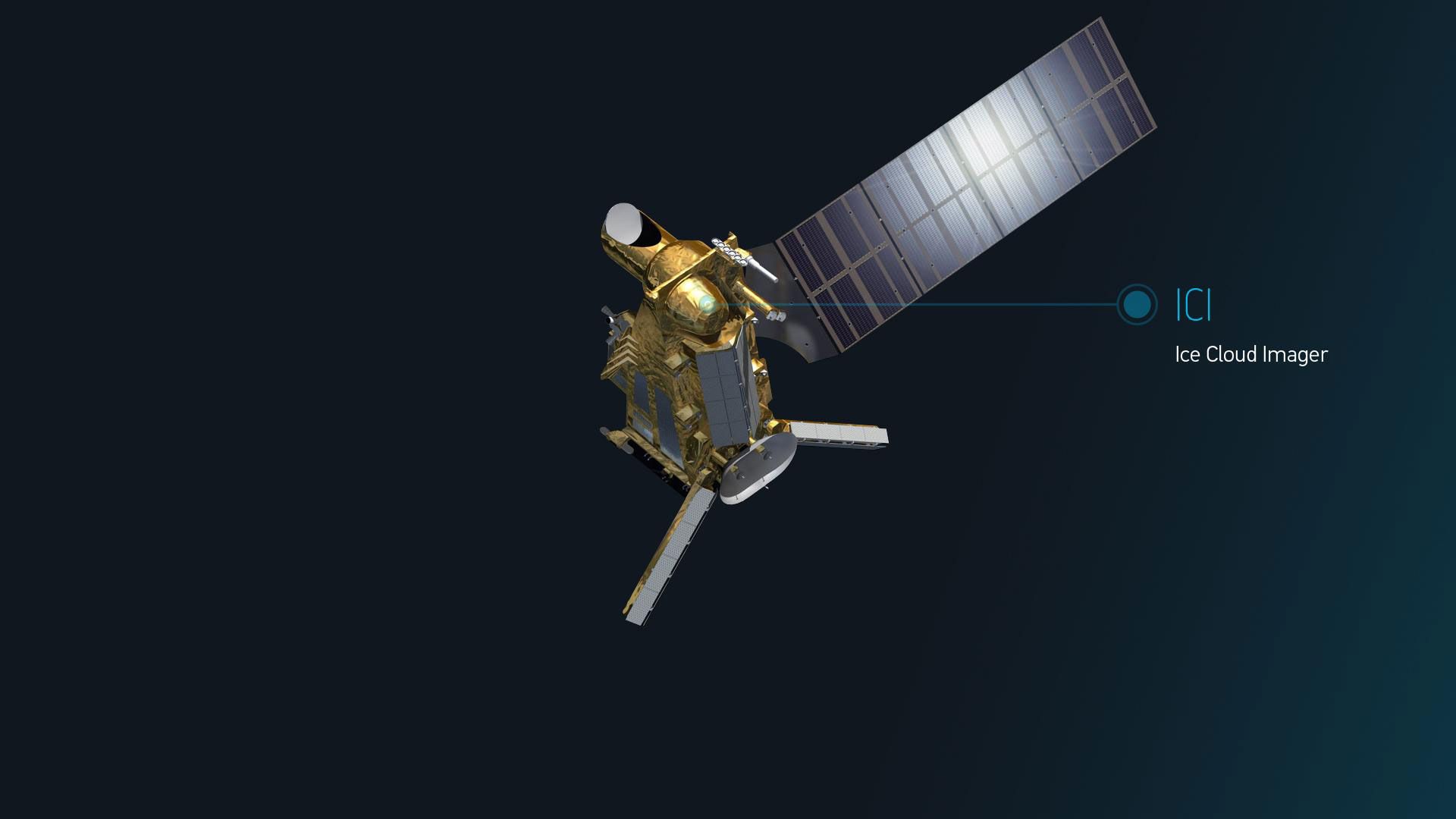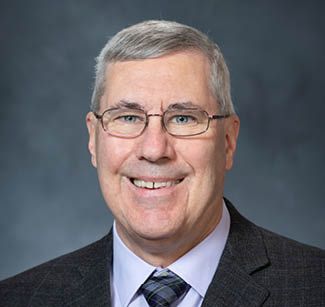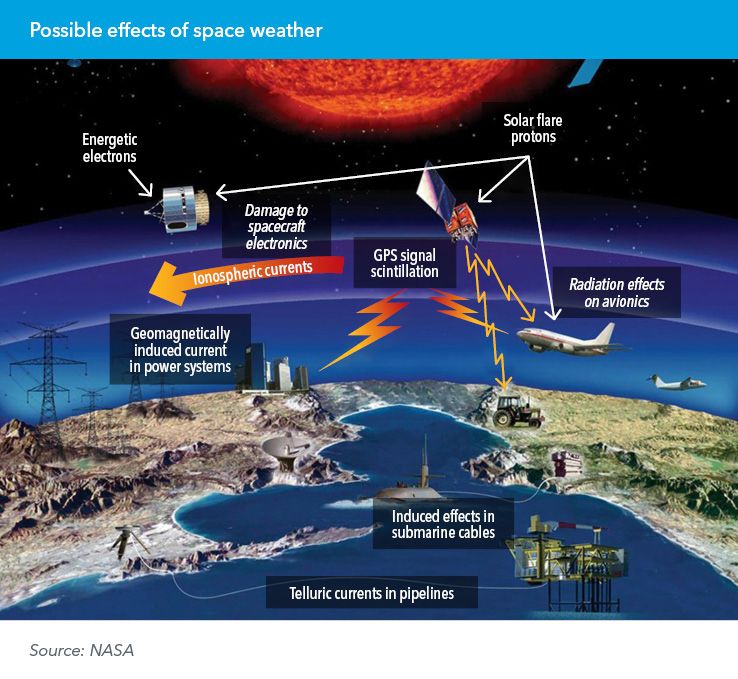
Science services and Earth-observation issues at WRC-23


John Zuzek, Chairman, ITU–R Study Group 7, and
National Spectrum Program Manager, NASA
Research and exploration in space, including Earth observation and climate monitoring, rely on the International Telecommunication Union (ITU) and the highly specialized work of its ITU Radiocommunication Sector (ITU–R).
ITU–R Study Group 7, for example, deals with radio services supporting scientific pursuits. These include time signals and frequency standard emissions, space radiocommunication applications, remote sensing systems, and radio astronomy.
The working parties under Study Group 7 are currently completing the supporting documentation to assist in the decision-making process on these issues at the World Radiocommunication Conference (WRC‑23) beginning mid-November.
Earth observation and remote sensing
Topics on the agenda for WRC‑23 include vital regulatory updates to maintain and upgrade humanity’s Earth-observation capabilities.
Agenda item 1.12 considers a possible secondary allocation to the Earth exploration-satellite service, or EESS (active), for use by radar sounders that would operate around 45 megahertz (MHz).
These radar sounders enable space-based active remote sensing of the Earth’s surface to detect subsurface water deposits in desertic environments such as Northern Africa and the Arabian Peninsula. They also measure ice thickness in polar regions.
An allocation to the EESS (active) is needed around 45 MHz to enable new satellites to collect this important data from the Earth’s orbit.

Agenda item 1.14 calls for reviewing and adjusting existing allocations and possibly adding new primary frequency allocations to the EESS (passive) in the frequency range 231.5–252 gigahertz (GHz). Currently, use of this frequency range has been limited to microwave limb-sounding instruments, which point towards the Earth’s limb to measure various atmospheric gases.
In recent years, new observation requirements have been identified for the study of ice clouds. Covering more than 33 per cent of the Earth’s surface, ice clouds affect precipitation, atmospheric structure, and cloud processes, with important effects on the Earth’s climate.
Enabling ice-cloud measurements
Global measurements of ice-cloud properties are critically needed. One way to enable this would be to rearrange the allocations in the 231.5–252 GHz frequency range. This would protect current microwave limb-sounding usage and allow for ice-cloud measurements by future meteorological satellites. It would also enable the unconstrained future use of terrestrial services in the same range.
Agenda item 9.1, topic d), considers the protection of passive remote sensing systems operating in the EESS (passive) in the frequency band 36–37 GHz from emissions of non-geostationary orbit (GSO) fixed-satellite service (FSS) systems. This continues from earlier studies, begun under WRC‑19 agenda item 1.6 but not fully resolved. Now that those studies have been completed, WRC‑23 could decide to act on this topic.
Agenda item 1.2 considers identifying 6425–7025 MHz, 7025–7125 MHz and 10.0–10.5 GHz and other bands for International Mobile Telecommunications (IMT). While this is not a science issue per se, IMT deployments in 6425–7125 MHz could have a negative impact on sea surface temperature (SST) measurements occurring in the overlapping 6425–7250 MHz band.
Similarly, IMT deployments in the 10.0–10.5 GHz band could have a negative impact on active sensing measurements in 10.0–10.4 GHz. Out-of-band emissions of IMT systems could also adversely affect passive measurements in the nearby 10.6–10.7 GHz band. Solutions to this agenda item should consider these factors.
Other science issues
Agenda item 1.13 considers a possible upgrade of the allocation to the space research service in the frequency band 14.8–15.35 GHz, where that service currently has a global secondary allocation. Such spectrum could be used for direct data downlinks from spacecraft to earth stations, Earth-to-space links to data relay satellites, and space-to-space links from spacecraft to data relay satellites. This would support such things as lunar exploration missions.
Agenda item 9.1, topic a), considers the protection and possible recognition of radio spectrum-reliant space weather sensors used for global prediction and warning. Space weather systems let us observe various phenomena in space that affect our activities around the Earth. These include solar activity, such as coronal mass ejections (CME), geomagnetic storms, solar radiation, and solar winds.
The preliminary agenda for the next World Radiocommunication Conference (WRC‑27) includes a possible agenda item to deal with this topic.

Future considerations
Several issues concerning the science services are already on the preliminary agenda for WRC‑27. Several of these deal with allocations around the 86–92 GHz band, in which no emissions are permitted. This is a critical band for Earth-observation systems and must be protected.
Another potential agenda item deals with a possible Earth-to-space allocation in 22.55–23.15 GHz that would support future Earth-observation systems.
One more possible agenda item deals with the protection of space weather sensors for global prediction and warnings.
Part of WRC‑23’s job this November and December is to decide the final topics for WRC‑27. That conference in 2027 is the next occasion to update the Radio Regulations and ensure undisrupted, equitable, global access to radio spectrum and orbital resources.
Download your copy of the ITU News Magazine: Science services.
Header image credit: EUMETSAT
